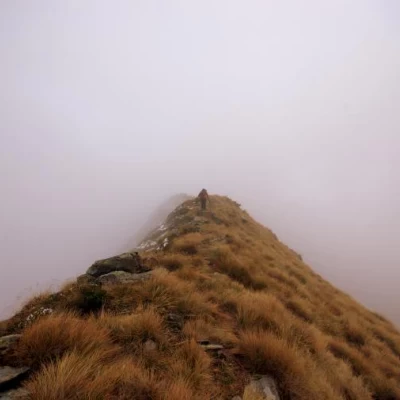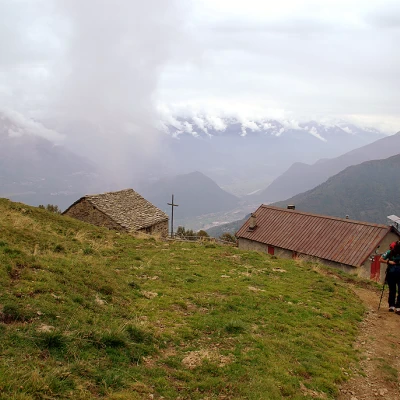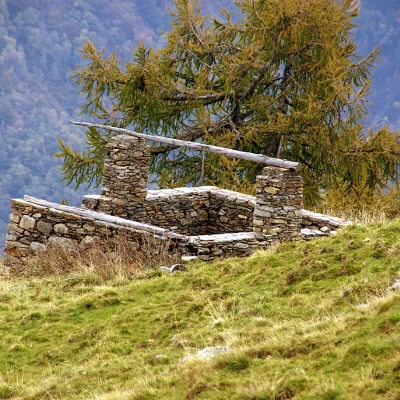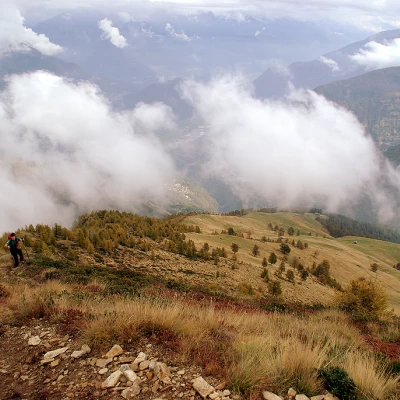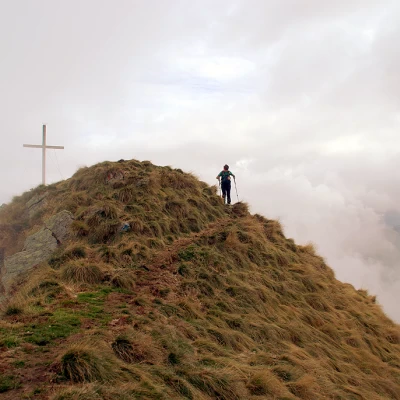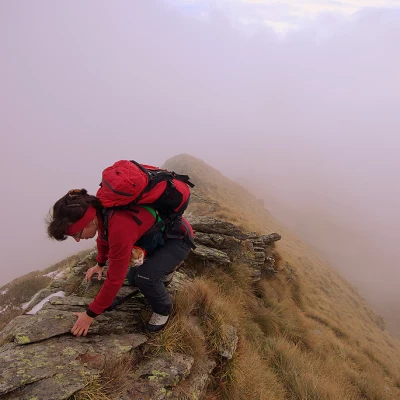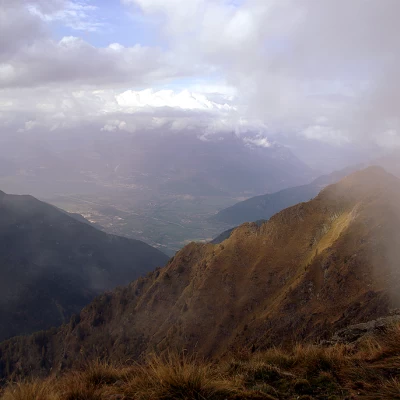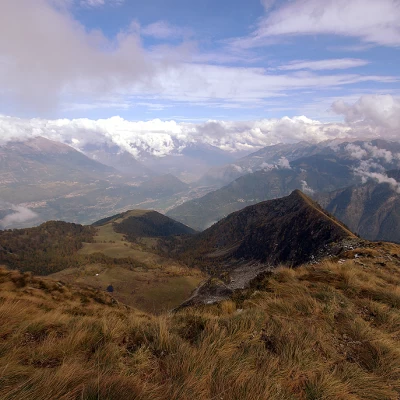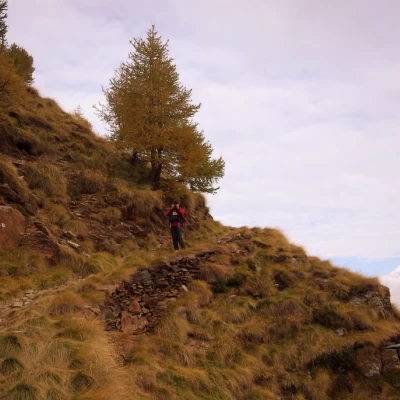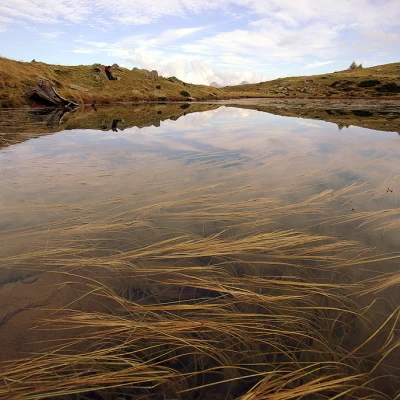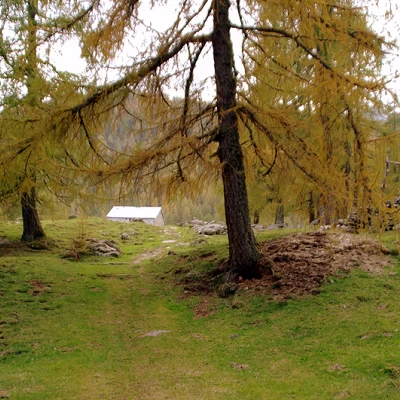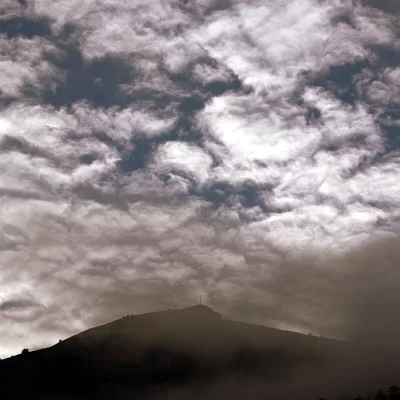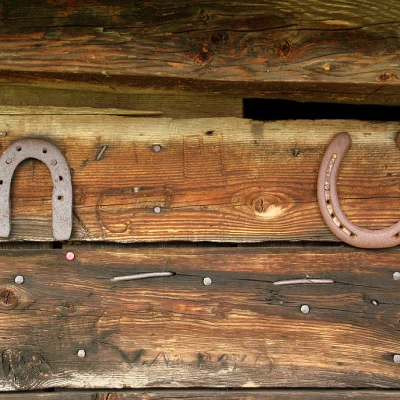Mount Combana
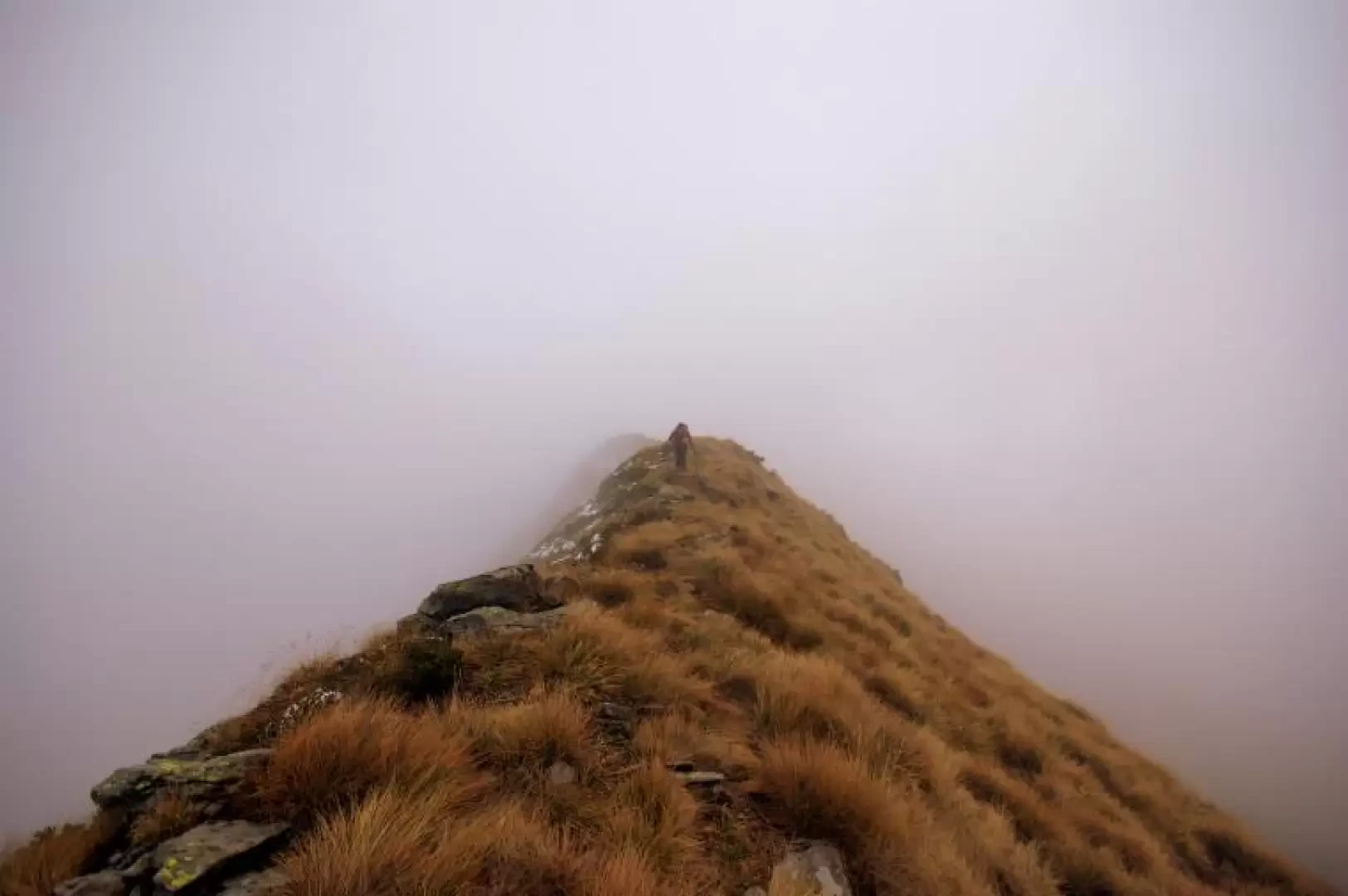
Access
From Milan to Morbegno along state roads 36 and 38; at the roundabout at the entrance to the town, turn right towards Valgerola. Follow the provincial road as far as the village of Rasura, from which, with a hairpin bend, you take the diversions signposted "Bar Bianco". The road, narrow but easy, climbs up the slope - last few dirt bends - to the final square at the ERSAF refreshment area.
Introduction
Beautiful hike with a triple face within the Parco delle Orobie Valtellinesi: the first part, up to the Cima della Rosetta, locally famous as a ski-mountaineering trip (for some also a daily training climb) in a very special botanical environment; the continuation up to Monte Combana, certainly not very popular, presents a very delicate trail; finally, the return trip flanks a spring lake with a luminous larch forest.
.Description
From the Bar Bianco car park 1506m, following the sparse painted signs, go up the steep pastureland slope to the visible huts of the Casera Alpe Culino 1650m; continue through the pastures and keeping slightly to the left to the Baita del Prato with the adjacent Stallone (very long shelter for livestock) 1715m. During the ascent, one notices some little huts without roofs, but not in ruins: these are the "calecc", temporary huts that house the shepherds who follow the herds as they move up in altitude in search of fresh fodder; under a tent canvas supported by a beam we find a couple of benches and a hearth equipped with the "scigugna", a revolving support for the "culdar" where milk and rennet are transformed into cheese. From the Stallone del Prato - signs are scarcely visible - we head right, traversing the meadows until we reach a vague wooded ridge of sparse larches; the undergrowth, very favourable for hosting the capercaillie, is a mixture of bilberries, rhododendrons, junipers and a few sparse creeping dwarf pines. The path, with comfortable bends, climbs the last part of the ridge to the summit cross of Cima della Rosetta 2142m. From here we descend briefly on the opposite slope until we come to a fork in the path: we leave the path down to Lago Culino on the left - the direction for the return journey - and take the track that continues along the ridge. Initially clearly visible due to the assiduous passage of goats and sheep, as we continue, the path becomes increasingly delicate: we encounter short rock passages, not difficult, but with great exposure on both sides of the ridge. The last few tens of metres before the summit of Monte Combana 2327m become grassy again with a gentler slope. There is a grandiose panorama as far as Lake Como with the mouth of the Adda dominated by the pyramidal mass of Monte Legnone; the vertical of the peak to the west drops about 400m to the visible Casera di Mezzana at the bottom of the Val Lesina; on the other sides, wide views of the Orobie and the Valtellina around Morbegno. For the return journey, with the utmost care, we return to the fork just downstream of the Cima della Rosetta. From here, with a long traverse - very risky with imperfectly settled snow - you reach the valley floor just above Lake Culino 1959m; wide bends in the mule track make you lose altitude until you reach the centuries-old larch grove near Baita Vann 1801m. A wide, recently "rebuilt" sheep-track, practically level, crosses a couple of valleys until it comes out in the vicinity of the Baita del Prato drinking trough, on the path already taken on the outward journey. From here, it takes less than half an hour to reach the car park.
